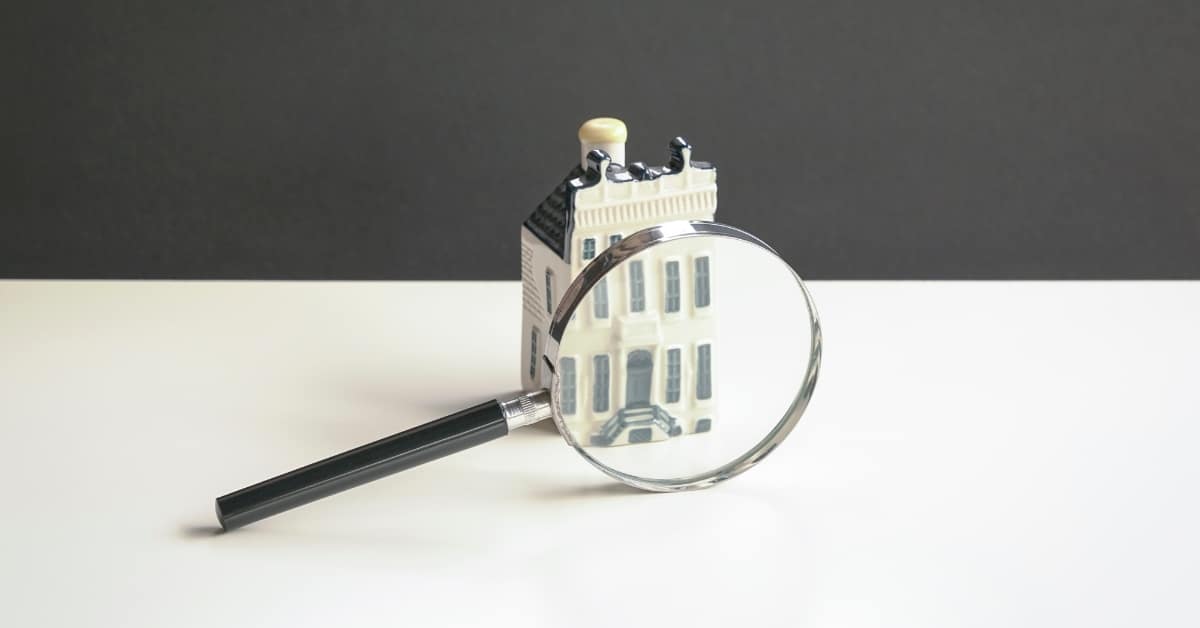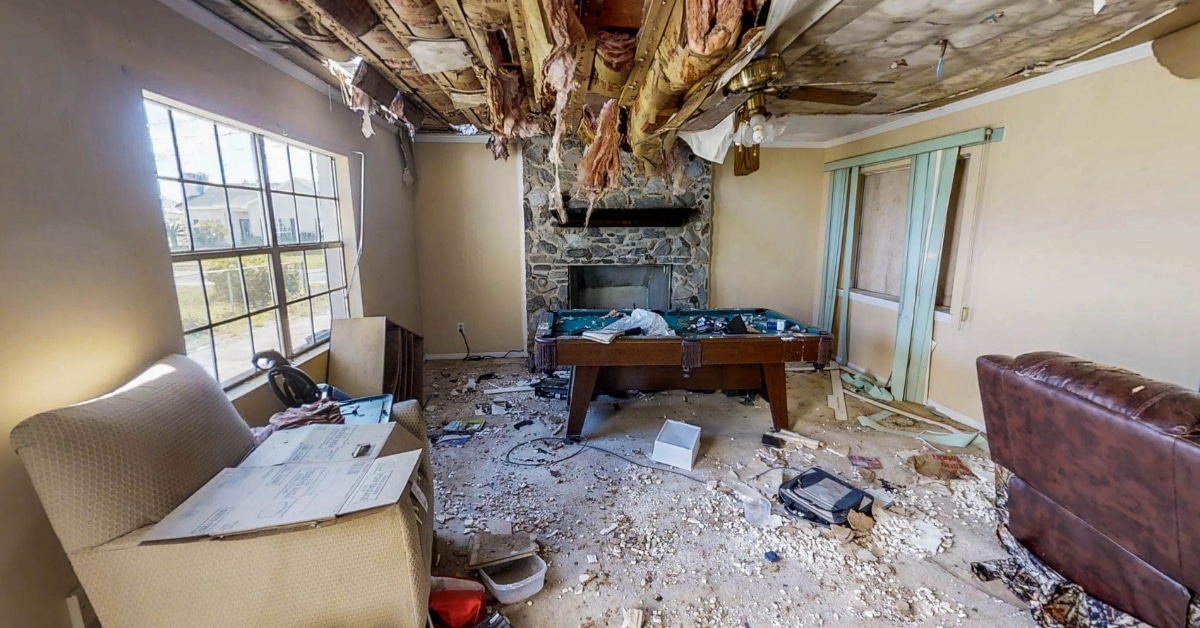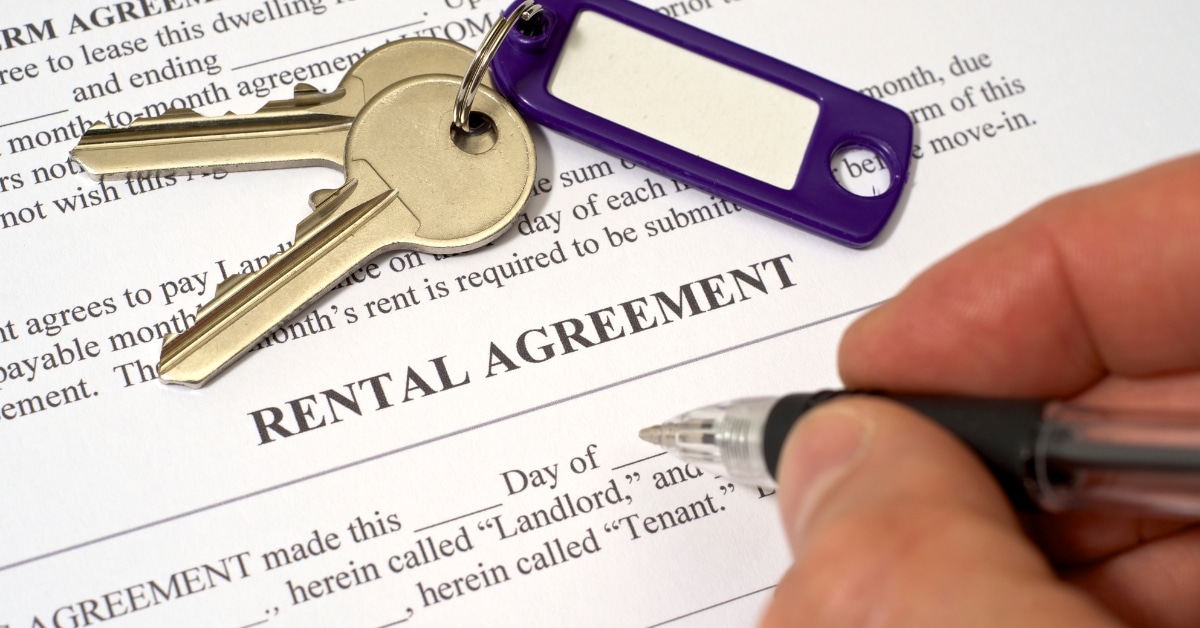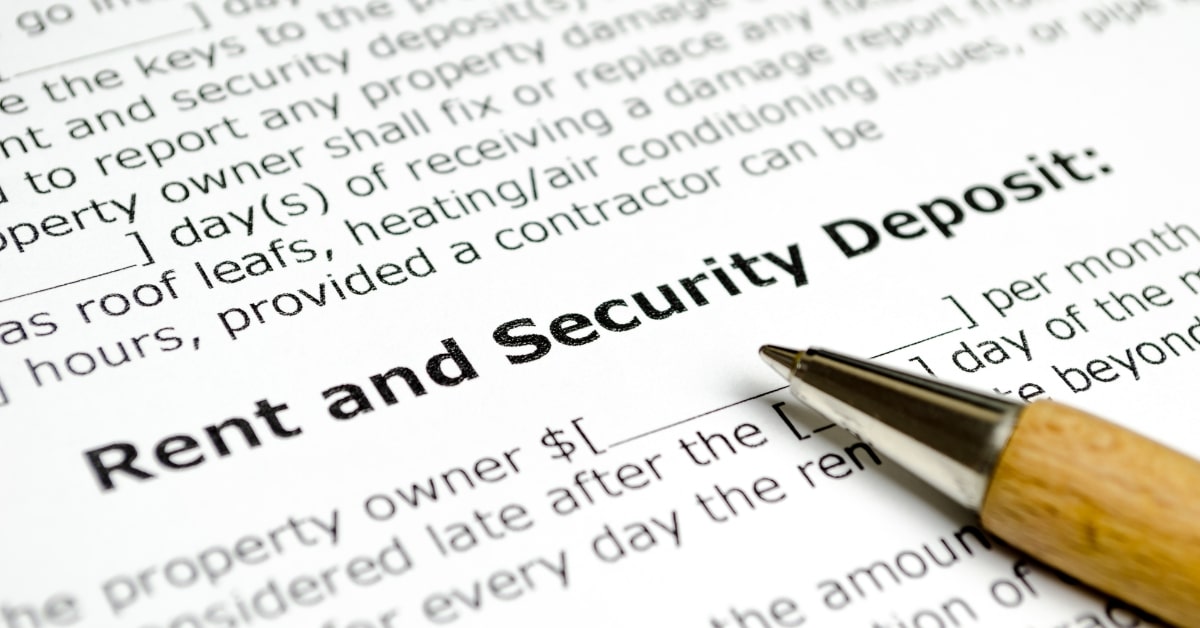
Whether you are a landlord or tenant, the difference between normal wear and tear vs. property damage can have significant financial implications.
Normal wear and tear include small marks, nail holes, worn carpet, hard water marks on cooking surfaces, and minor maintenance needed to prepare a unit for the next tenant. Property damage includes broken windows, holes in the wall, large stains, holes in the carpet or flooring, damage caused by pets, and other significant repairs.
Keep reading to learn more about the differences between normal wear and tear vs. property damage and tips for dealing with each.
The difference between normal wear and tear vs. property damage can have significant financial impacts on landlords and tenants. However, the two can be challenging to tell apart.
Check out the description of both below to learn how to identify each.
Normal wear in a rental unit results from everyday use, not neglect or damage.
It may include:
Property damage results from negligence, accidental, or intentional destruction of the property and may include:

As a property owner, there are factors to consider when determining the difference between wear and tear and property damage. Some of the thighs you need to take into consideration are below.
When a lease outlines maintenance, the tenant must perform damage caused by failure to comply with the terms can constitute property damage. The lease may also detail what items are wear and tear and what is property damage.
If the lease explicitly covers these items, you must adhere to the lease terms when assessing charges for property damage.

The lease length impacts whether repairs are part of normal wear or property damage. For example, if you need to replace the carpet in a unit where a tenant lived for six months, that would likely be due to property damage. However, if you need to replace the carpet after a tenant has lived in your property for ten years, that would be normal wear.
The same is true with repainting walls and other repair tasks. The longer a tenant resides in your rental unit, the more wear and tear you should expect.
If you rent a move-in ready apartment to someone on a short-term lease, you should expect the property to be in nearly the same condition when they move out. When the tenant moves into a unit that is already in need of repairs, you need to expect that there will be additional wear to the property when they move out.
For example:
The difference between normal wear and tear vs. property damage can be difficult to determine. But, there are a few things consumers and property owners can do to protect themselves.
Reviewing the lease terms and any maintenance responsibilities with your tenant can help avoid any confusion regarding damage or wear to the property when they move out.

A move-in checklist can provide significant protection for both renters and property owners. The document lists each item in the home and has space for new tenants to note any existing damage or wear to the property.
When leasing a unit, it is essential to fill out the document appropriately. If you do not note things on the report, your landlord may try to charge you for the damage.

When you are leasing a rental unit, you should go through the checklist with the tenant and take pictures of each item they note. It is also a good idea to do this as a tenant. Taking a picture of each item will help you fight any charges for damage that existed before your move-in.
Whether you are a renter or landlord, it is vital to address maintenance issues promptly. Leaving the tenant responsible for repairing your property goes against the terms of most leases. When you fail to address routine maintenance, it can result in significant damage to your property.
As a landlord or property manager, it is your right and responsibility to inspect your property per the lease terms. Performing routine inspections can help to prevent significant damage due to delayed maintenance. It can also help you to identify damage caused by the tenant while they are living in your home.
Regarding the difference between normal wear and tear vs. property damage, landlords must be reasonable. Proving that a tenant damaged your property can be challenging if you do not routinely maintain your property.
For renters, it is vital that you carefully inspect the unit and note anything that the landlord could potentially claim is property damage. For example, you may not think that a hard water stain on your refrigerator's water dispenser is significant. However, the landlord could try to claim that you caused it if you do not note it.
As an extra precaution, it is a good idea to take photos of any items you report to the landlord, and any maintenance issues that arise during your tenancy in case you receive a bill for repairs, or the landlord tries to withhold your security deposit after you move out.
For help with other rental property topics, like how to evict a tenant without a lease, check out the other posts on our site.
We encourage you to share this article on Twitter and Facebook. Just click those two links - you'll see why.
It's important to share the news to spread the truth. Most people won't.